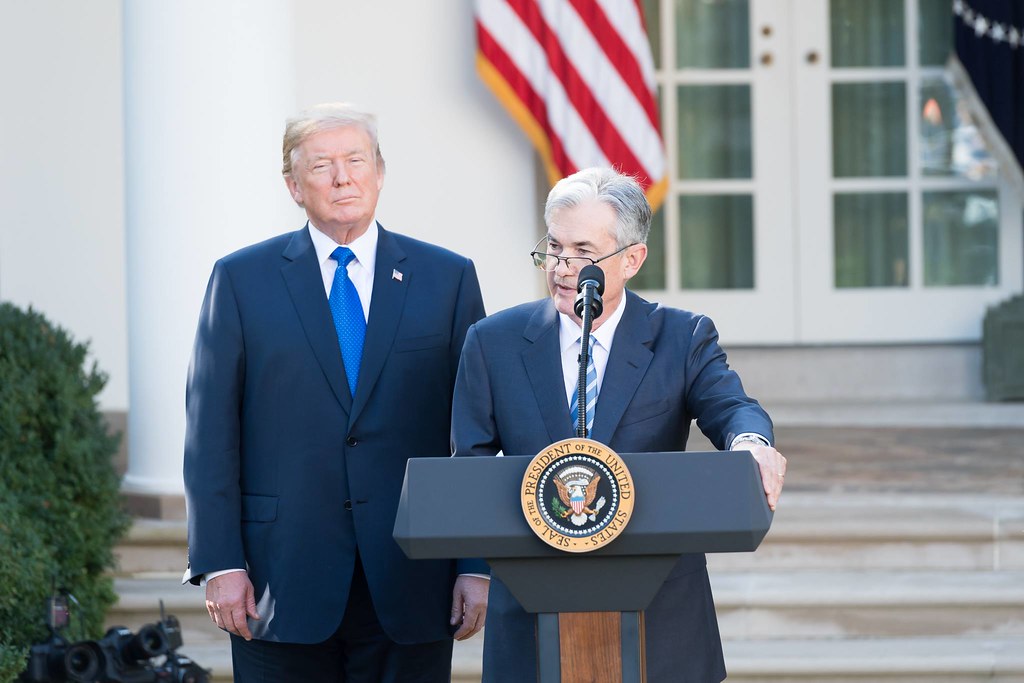In September, the repo market went haywire with rates spiking to 10% from about 2.25% amid an unexpected shortage of available cash in the financial system. People blamed corporate tax payments and a big swath of new Treasury debt settled into the marketplace.
This didn't make much sense, but whatever the cause, the Fed has injected massive liquidity back into the system with as much as $75 billion a day in temporary cash over four days to quell the funding crunch.

Now the Fed has reversed its quantitative tightening policy to full force QE. On August 28th, the Fed balance sheet stood at $3.750 trillion and that has ballooned to $4.048 trillion last week. This is a $288 billion injection in just 10 weeks!
The Fed intends to expand its balance sheet through the second quarter of 2020 by buying $60 billion per month in Treasuries, it would surpass its all-time high of $4.5 trillion in June.
Despite weak economic data in the US and abroad, this should put a floor under the market as the Fed is providing massive stimulus to the markets and could continue to push the markets to new highs heading into 2020.
“Photo of the Day: November 3, 2017” by The White House is marked with CC PDM 1.0






